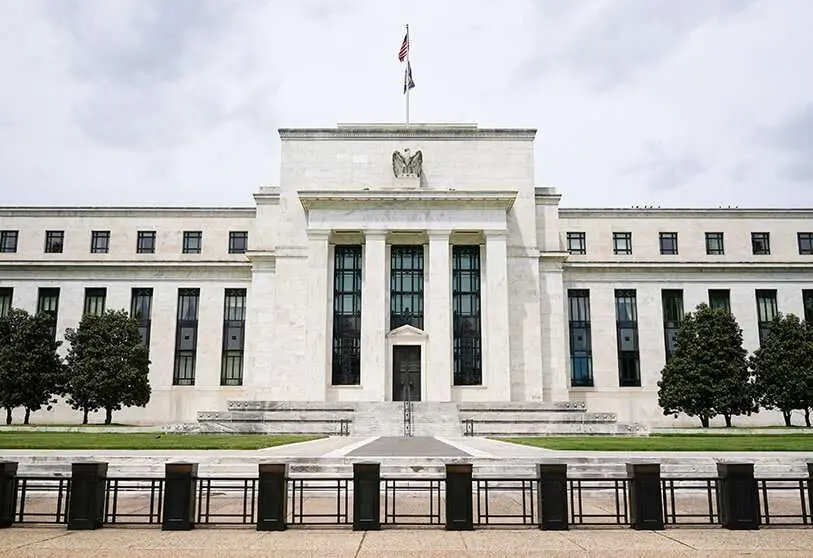Argentina on the brink of capital flight

The Federal Reserve System (FED), better known as the Central Bank of the United States, has decided to sell Treasury securities, the most actively traded dollar bonds collected under Argentine law. This operation leaves the South American country at serious risk of capital loss.
The rapid bond sales are a symptom of the speed at which markets move: buying and selling very quickly to keep risk low. Bonds are bought and sold in a matter of hours, causing their value to rise and fall at dizzying rates, and in this game, the most fleeting paper is Argentinean. Recently, buying and selling demand for the AL30 and the GD20 pushed their value up to USD 100 million.
Earlier this week, the AL30 stood at USD 27.50, and yesterday closed at USD 32.30, up 4.8%. On the other hand, the GD30D experienced a smaller rise of only 1.82%.
The appreciation of these Treasuries caused the dollar exchange to suffer a loss of USD 3.92, down 1.92%, to USD 203.57 at the close of trading. Moreover, during the last trading day, the settlement market fell to $204.89.

During this first week of May the monthly average is 3.7%, which means an effective annual rate of 54.6%, a figure that clashes head-on with the 69% annual rate that operates in the futures market. The cepo is stirring up values and to avoid this, arbitrage is beginning to take place with "linked dollar" bonds, a type of financial asset that is adjusted by the official wholesale market in order to gain with the rate.
Meanwhile, the wholesale dollar experienced a slight rise of 14 cents yesterday to reach a value of 116.02 US dollars. The central bank also saw its reserves grow to USD 90 million, up USD 54 million, but at the cost of sacrificing sales to importers once again.

The 2023 Boncer is up 0.21% compared to the one maturing in 2024, which is up 0.54% thanks to high turnover because it has a large difference in parity. This difference is due to the fact that Boncer bonds mature during this administration, which generates a higher level of investor confidence. This is causing its surcharge to be -5.28% versus +2.53% for 2024. The current levels of distrust in the market are causing the current rate of return on 2024 to exceed that of CER issuance (inflation) +1.5% per annum.
Now that the effects of the 0.50 point rate hike in the US have worn off, bond yields rose by up to 3% and the country risk dropped from 45 units to 1,700 basis points. At first, the Argentine stock market opened with the same pessimistic spirit as the New York stock markets, but after the announcement by the institution led by Powell, the US Federal Reserve, that the next hikes will in no case exceed 0.50 points, the numbers turned green and began to grow with ups and downs.
Americas coordinator: José Antonio Sierra.








